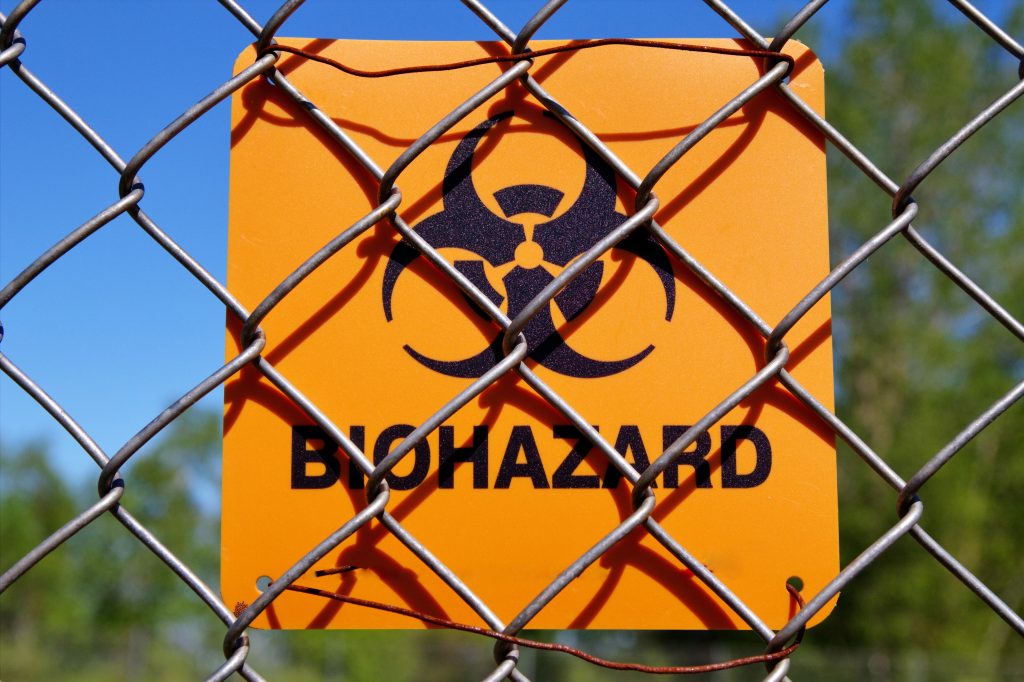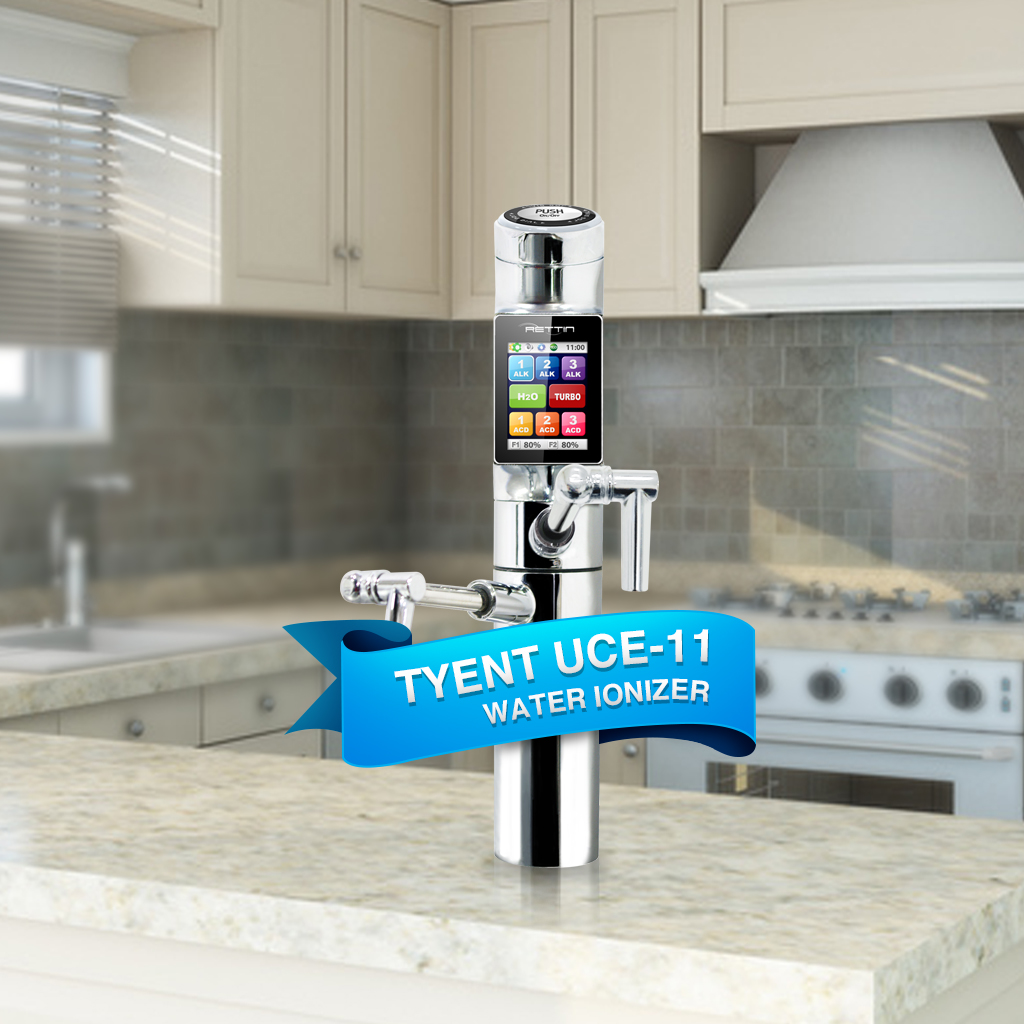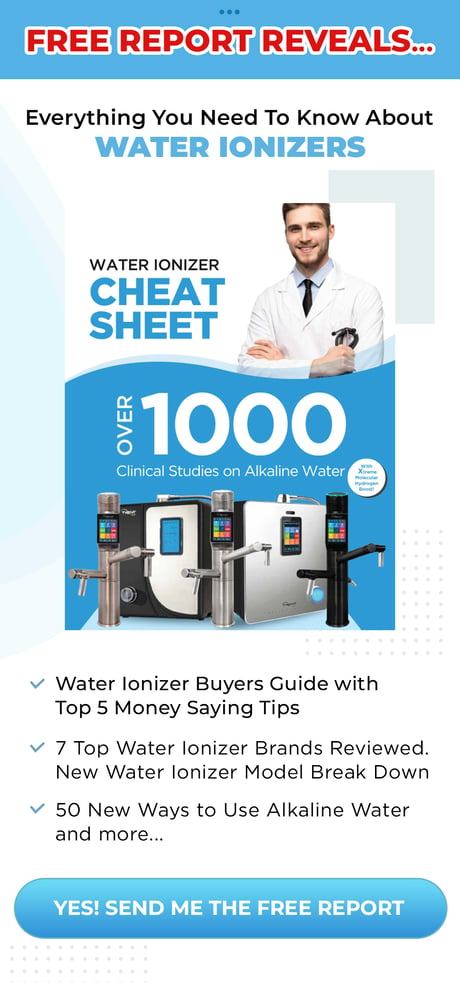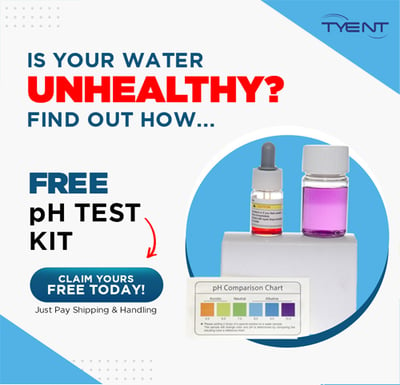The cancer-causing contaminant Chromium-6, brought to the public gaze by Erin Brockovich, is at levels exceeding public health goals in 50 states.

Chromium-6 – Here to Stay?
Millions of people are trying to find a workable solution to protect themselves and their families and to avoid drinking contaminated water.
What Reverse Osmosis Water Does to the Pipeline
A reverse osmosis water system is sometimes touted as a possible solution on both a domestic and municipal level. After all, it removes contaminants and that’s the goal, right?
Unfortunately, reverse osmosis is not a solution on either front. On a city-wide basis, aside from the prohibitive cost of building the plant, the stripped-back water – though admittedly free of contaminants – is corrosive. Why is this a problem for anyone drinking it? In short, corrosive water can cause the leaching of dangerous metals such as copper and lead from water pipes.
So you don’t get Chomium-6, but you might still end up with drinking water that isn’t safe to drink.
But what about a domestic reverse osmosis machine? No pipes to worry about; the water is cleaned up, and then you drink it. That’s got to work, right?
No, it doesn’t, though. Reverse osmosis water is produced by forcing water through a semi-permeable membrane. The process removes contaminants but crucially, it also removes essential minerals that our bodies need to survive and thrive. This is no insignificant concern: the World Health Organization made a statement in recent years that reverse osmosis water, “has a definite adverse influence on the animal and human organism.”
What Reverse Osmosis Water Does to You
The demineralization of the water has another adverse effect as well: it wants to be mineral-rich again. To achieve this, reverse osmosis water tries to do to your body what it does to the water pipes — it leaches minerals.
That’s right. RO water tries to stabilize itself by stealing minerals from your bones, teeth and wherever else it finds them. There’s no doubt that treating water by reverse osmosis is an excellent short-term fix in places where water infrastructure has completely broken down, but it’s not a long-term solution.
But Chromium-6 isn’t going anywhere, so what can you do?

Tyent Chromium-6 Filter
Standard household filters don’t remove the carcinogenic toxin, and until now, the options were practically non-existent. The good news is that here at Tyent, our engineers have been unswervingly committed to finding a solution for our customers.
Our Chromium-6 Filter is a 4-stage filtration system. With a 6-month life, it is capable of removing 99.9% of Chromium-6 and is certified by the Water Quality Association (WQA) and the NSF.
Now Taking Pre-Orders!
Call and speak with our customer care team at 1-855-893-6887 and find out how to pre-order your Chromium-6 Filter today!

![The Dangers of Reverse Osmosis Water [2024] hydrogen water](https://www.tyentusa.com/blog/wp-content/uploads/2020/08/Screenshot-2024-09-08-083127-150x150.png)







Reverse osmosis water filtration systems have become very prominent in a manner that it has become synonymous with water purifier systems. There are many hazardous thing will are included in tap water so water purifier is a must. I like what you have mentioned about chromium-6. Thank you very much for good updates!
Reverse osmosis drinking water Concord
It’s good to know this. thanks.
Hi, Vann. We’re pleased to help. You can learn more about the processes of reverse osmosis (RO) water and why it’s ultimately not the best option when you read this blog.
We’re very happy to be able to offer such an amazing filter to remove these nasty chemicals, and to help protect peoples’ health.
Hi, Eliza. If you want to keep your machine, then we recommend that you use it to deep clean your water and then hook up a Tyent water ionizer so that you get healthy antioxidants and minerals in your water. What you don’t want to do is take out all of the minerals in your water and then drink it because your body needs these minerals, and water is a big part of where your body gets these minerals from. Not only is owning a water ionizer more environmentally friendly, as you won’t need to buy and recycle hundreds of plastic bottles, but it’s better for your health in the long term, too. Give us a call at 855-893-6887 so our water ionizer experts can discuss the benefits of our machines with you and explain the hookup.